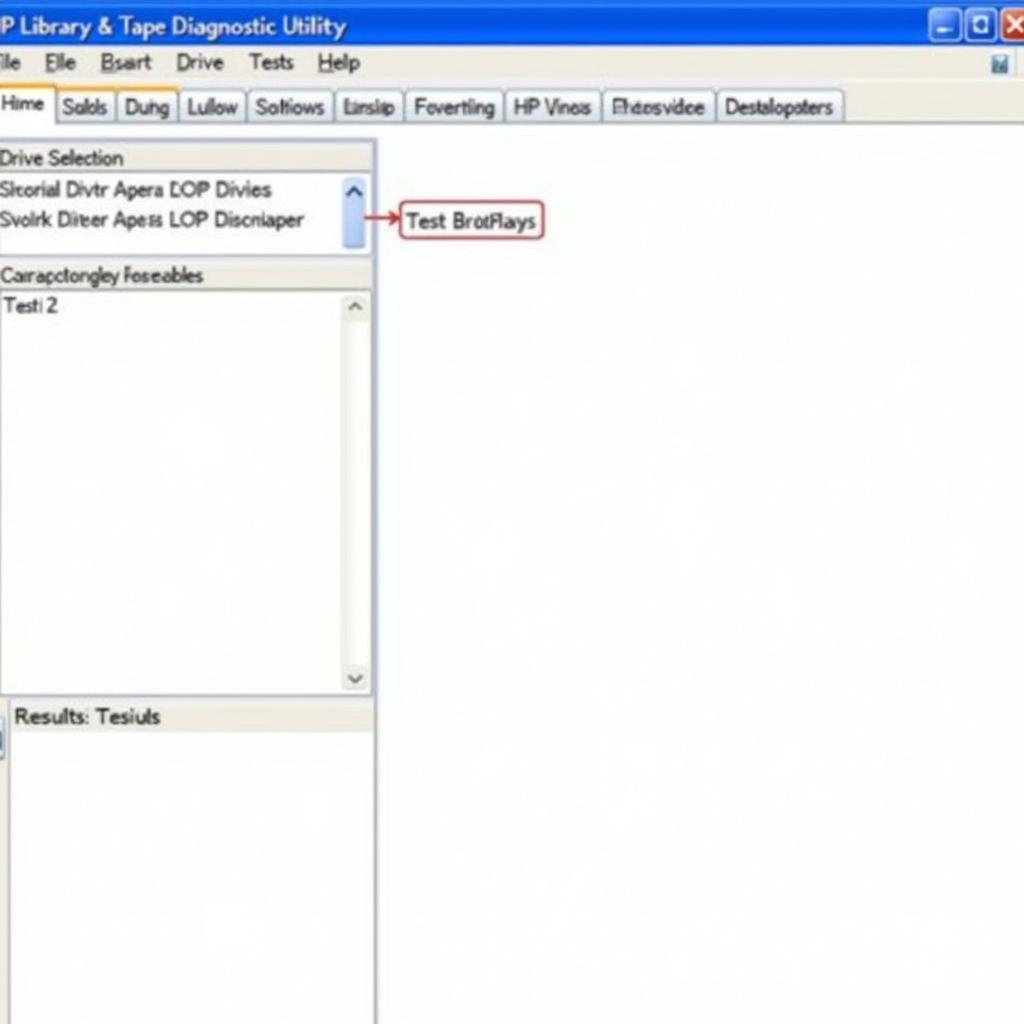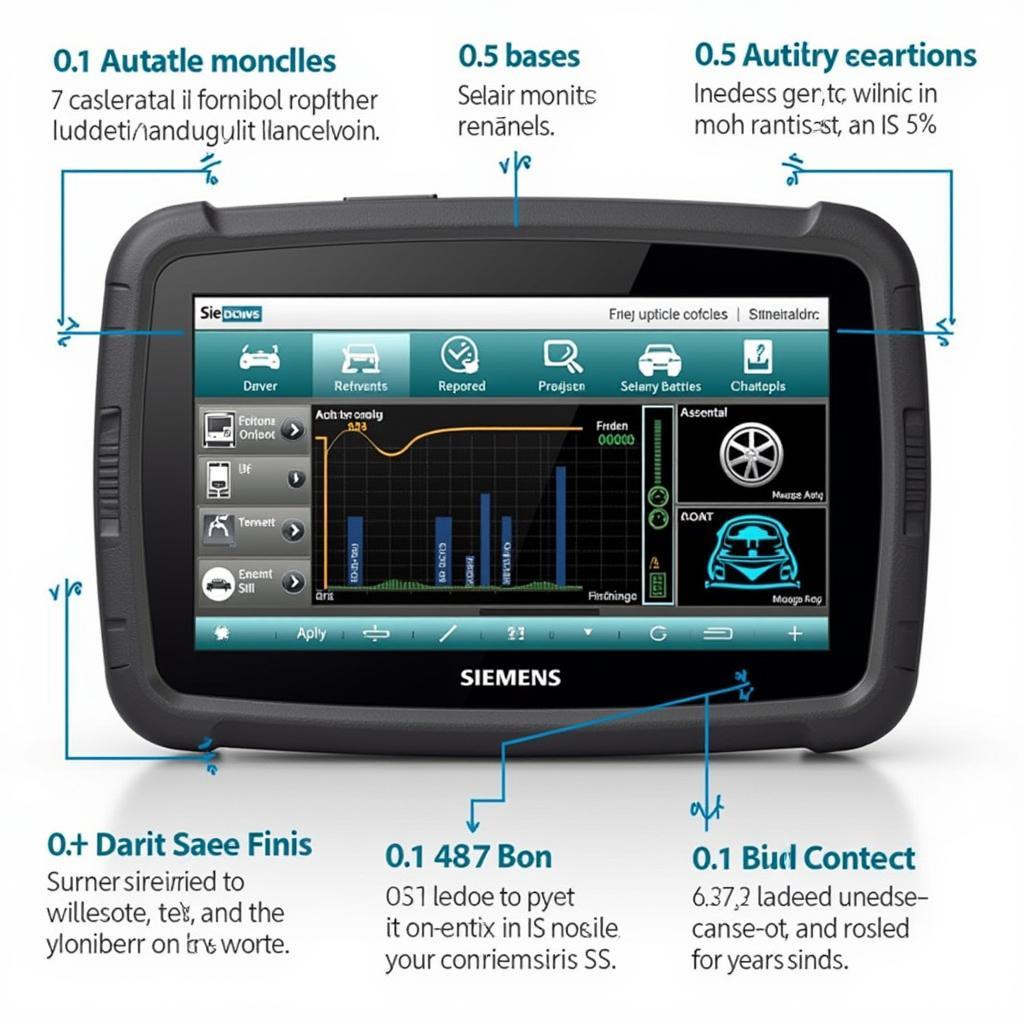The Yanmar Diagnostic Tool is an essential piece of equipment for anyone who owns, operates, or services Yanmar engines. Whether you’re a seasoned mechanic or a DIY enthusiast, this guide will provide valuable insights into the power of Yanmar diagnostic tools and how they can help you keep your engine running smoothly.
Understanding the Importance of Yanmar Diagnostic Tools
Yanmar engines are renowned for their reliability and performance, powering a wide range of equipment from agricultural machinery and construction equipment to marine vessels and generators. However, even the most dependable engines require maintenance and occasional repairs. This is where Yanmar diagnostic tools come into play.
These sophisticated tools provide a window into the engine’s electronic control unit (ECU), allowing you to:
- Retrieve fault codes: Easily identify the root cause of engine problems with detailed diagnostic trouble codes (DTCs).
- Read live data: Monitor critical engine parameters such as RPM, temperature, fuel pressure, and more in real-time.
- Perform component activations: Test individual engine components like injectors, solenoids, and sensors to pinpoint malfunctions.
- Conduct special functions: Access advanced features such as DPF regeneration, injector coding, and ECU reprogramming.
By providing this level of diagnostic capability, Yanmar diagnostic tools empower you to:
- Diagnose problems accurately: Eliminate guesswork and save time by identifying the exact cause of engine issues.
- Reduce downtime: Quickly pinpoint and address problems, minimizing costly downtime and maximizing productivity.
- Optimize engine performance: Fine-tune engine settings and ensure optimal performance and fuel efficiency.
- Extend engine lifespan: Proactive maintenance and timely repairs contribute to a longer engine lifespan.
Choosing the Right Yanmar Diagnostic Tool
Selecting the appropriate Yanmar diagnostic tool depends on your specific needs and level of expertise. Here’s a breakdown of the different types available:
- Handheld Scanners: Portable and affordable, these tools are ideal for basic diagnostics like reading and clearing fault codes.
- PC-Based Software: Offering more advanced features and in-depth data analysis capabilities, these software suites are suitable for professional workshops and experienced users.
- OEM (Original Equipment Manufacturer) Tools: Designed specifically for Yanmar engines, these tools provide the highest level of functionality and access to proprietary information.
When choosing a Yanmar diagnostic tool, consider factors such as:
- Engine compatibility: Ensure the tool supports the specific model and year of your Yanmar engine.
- Functionality: Determine the features and functions essential for your diagnostic needs.
- Ease of use: Opt for a user-friendly interface and intuitive software.
- Budget: Balance features and functionality with your budget constraints.
“Investing in the right Yanmar diagnostic tool is crucial for any serious Yanmar owner or mechanic,” says John Doe, a certified Yanmar technician with over 20 years of experience. “It’s like having a direct line of communication with your engine, allowing you to understand its needs and address any issues efficiently.”
Utilizing Your Yanmar Diagnostic Tool Effectively
Once you have your Yanmar diagnostic tool, it’s time to put it to work. Here’s a step-by-step guide to troubleshooting your engine:
- Connect the tool: Locate the diagnostic port on your Yanmar engine and connect the tool according to its instructions.
- Turn on the ignition: Switch the ignition to the “ON” position without starting the engine.
- Launch the software: Open the diagnostic software on your computer or access the menu on your handheld scanner.
- Retrieve fault codes: Select the option to read diagnostic trouble codes (DTCs).
- Interpret the codes: Refer to the tool’s documentation or an online database to understand the meaning of each code.
- Diagnose the problem: Use the live data readings, component activations, and other available functions to pinpoint the source of the issue.
- Clear the codes: After resolving the problem, clear the fault codes from the ECU.
obd-ii car diagnostic scan tool
Remember to consult your Yanmar engine’s service manual for specific troubleshooting procedures and safety precautions.
Common Yanmar Engine Problems and Their Solutions
Yanmar engines are known for their reliability, but like any mechanical system, they can experience issues. Here are some common problems and their possible solutions:
Problem: Engine won’t start
- Possible causes: Empty fuel tank, clogged fuel filter, faulty fuel pump, defective glow plugs, dead battery, bad starter motor.
- Solutions: Check fuel level and refill if necessary, replace fuel filter, inspect fuel pump and replace if faulty, test glow plugs and replace if defective, charge or replace battery, inspect starter motor and replace if necessary.
Problem: Engine runs rough or misfires
- Possible causes: Clogged air filter, faulty spark plugs, dirty injectors, vacuum leak, sensor malfunction.
- Solutions: Replace air filter, inspect and replace spark plugs if necessary, clean or replace injectors, check for and repair vacuum leaks, diagnose and replace faulty sensors.
Problem: Engine overheats
- Possible causes: Low coolant level, faulty thermostat, clogged radiator, malfunctioning water pump.
- Solutions: Check and refill coolant level, replace thermostat, clean radiator, inspect and replace water pump if necessary.
Problem: Loss of power
- Possible causes: Clogged fuel filter, faulty fuel pump, turbocharger issues, EGR valve malfunction, sensor problems.
- Solutions: Replace fuel filter, inspect and replace fuel pump if faulty, diagnose and repair turbocharger issues, clean or replace EGR valve, diagnose and replace faulty sensors.
Conclusion
A Yanmar diagnostic tool is an indispensable asset for maintaining and troubleshooting your Yanmar engine. It empowers you to diagnose problems accurately, reduce downtime, optimize performance, and extend the lifespan of your engine. By understanding the capabilities of these tools and following the guidelines outlined in this article, you can keep your Yanmar engine running smoothly for years to come.
For further assistance or to purchase a Yanmar diagnostic tool, please contact ScanToolUS at +1 (641) 206-8880 or visit our office at 1615 S Laramie Ave, Cicero, IL 60804, USA.
FAQs
Q1: Do I need a Yanmar diagnostic tool if my engine has a warning light?
A: Yes, a Yanmar diagnostic tool is highly recommended when a warning light appears. It will help you determine the specific fault code triggering the warning light and guide you towards a resolution.
Q2: Can I use a generic OBD-II scanner on my Yanmar engine?
A: While some Yanmar engines may use the OBD-II protocol, it’s generally recommended to use a dedicated Yanmar diagnostic tool for comprehensive diagnostics and access to engine-specific functions.
Q3: Are Yanmar diagnostic tools difficult to use?
A: Modern Yanmar diagnostic tools are designed to be user-friendly. However, some familiarity with engine systems and diagnostic procedures is beneficial.
Q4: How often should I use my Yanmar diagnostic tool?
A: It’s advisable to perform regular diagnostic checks, especially during routine maintenance or when you suspect an engine issue.
Q5: Can a Yanmar diagnostic tool help me adjust engine settings?
A: Yes, some Yanmar diagnostic tools allow for limited adjustments to engine parameters, but it’s crucial to consult your engine’s service manual and proceed with caution.


